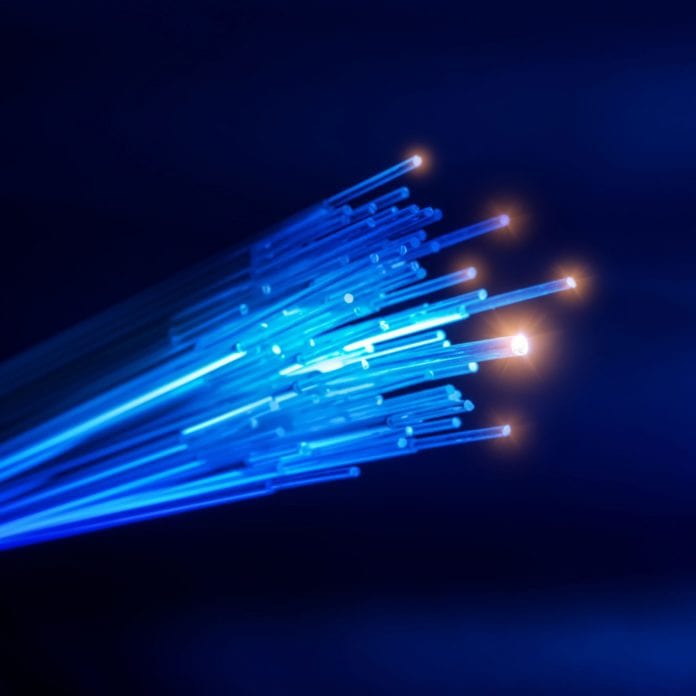$150 billion fiber investment needed to support network densification ahead of 5G, according to Deloitte analysts
To keep up with current and future demand for mobile broadband, particularly in the context of future 5G network services, the U.S. needs to invest between $130 billion and $150 billion in deployment of fiber optic cabling over the next five to seven years, according to new research from global consulting firm Deloitte.
That level of investment will require money from not just service providers, but also from the finance sector and through public-private partnerships. The authors also note the role policymakers will play as fiber moves closer to every end user.
Dan Littmann, Illya Gerdes and Jack Fritz, all of Deloitte, content that, “Deep deployment of fiber optics into our nation’s network infrastructure might not be as glamorous as the eagerly anticipated launch of fifth-generation mobile networks (5G); however, it is just as important—if not more so. In fact, 5G relies heavily on fiber and will likely fall far short of its potential unless the United States significantly increases its deep fiber investments.”
5G services will likely be commercialized on the back of an ultra dense network infrastructure–also fundamental to evolving LTE to support LTE-Advanced and LTE-Advanced Pro features–with a heavy emphasis on small cells. The authors note that, as “coverage radius [becomes] measured in meters rather than kilometers,” pervasive access to splice points will make or break carrier success.
The trio also write that fiber is essential to delivering better broadband coverage in both urban and rural settings, and as a pathway to bridging the digital divide. According to the report, wired broadband supports 90% of all web traffic despite the majority of traffic terminating on a mobile device. Further, “12 years after the first fiber-to-the-home deployments, only 38% of homes have choice of two providers offering speeds of at least 25 Mbps. In rural communities, only 61% of people have access to 25 Mbps wireline broadband, and when they do, they can pay as much as a 3x premium over suburban customers.”
The Deloitte authors suggest “new monetization schemes” to grow the national fiber base. First, in a climate where unlimited data is the new norm, revenue becomes stagnant. “In such cases, carriers could increase revenue by offering integration, network security and traffic management services.” Another potential opportunity is working with, rather than against, over the top players–service providers that use carrier networks but don’t pay for the infrastructure–and treating fiber as a shared infrastructure wherein bandwidth access is “leased real estate could allow carriers to maximize asset utilization.”

